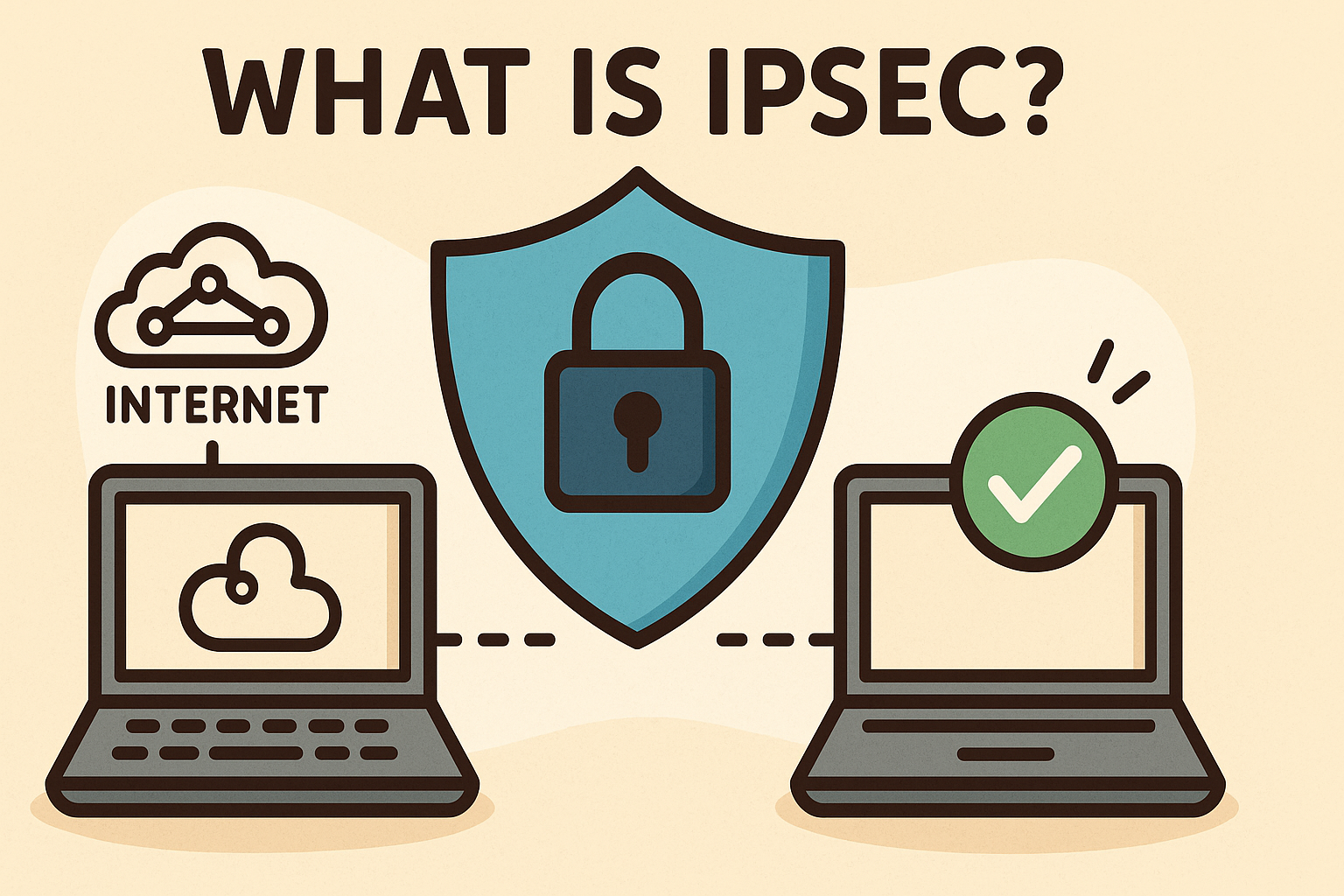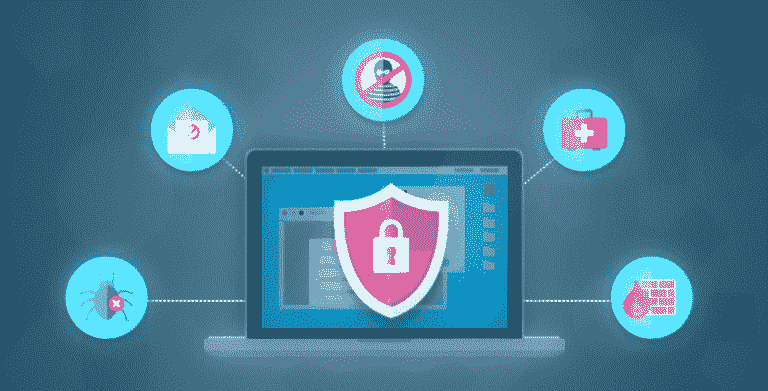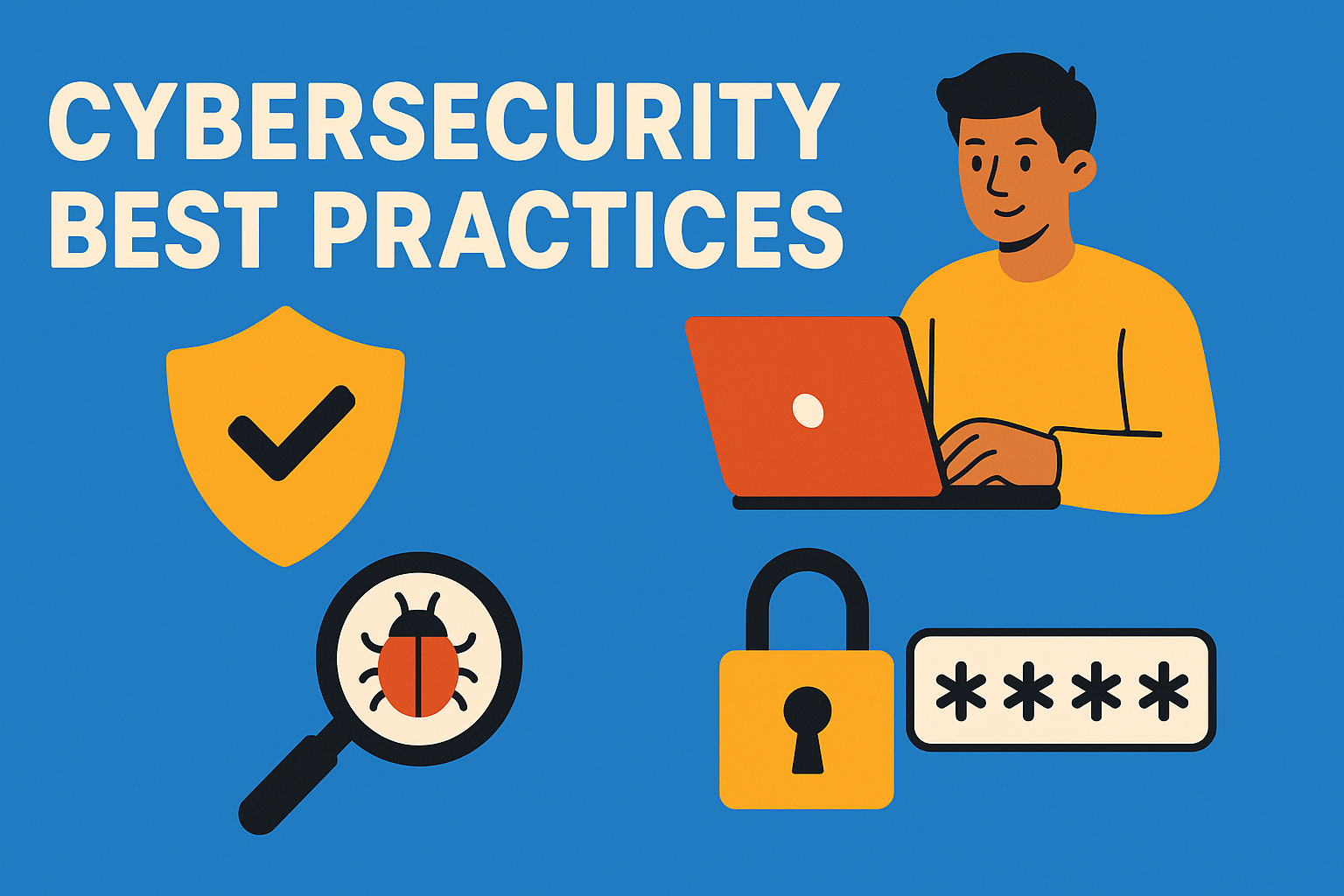Why Breaches Are Every Leader’s Nightmare
Updated on August 20, 2025, by Xcitium

Data breaches are on the rise, and their consequences are devastating. But many business leaders still ask: what does breach do, and why should it matter to my organization?
A breach is more than just stolen data. It disrupts operations, damages reputation, and can cost millions. According to IBM’s 2023 Data Breach Report, the average global cost of a breach reached $4.45 million, the highest on record. For IT managers and CEOs, understanding the real impact of breaches is not optional—it’s critical for survival.
In this guide, we’ll explore what breaches do, how they happen, their effects on organizations, and strategies to prevent them.
What Does Breach Do in Cybersecurity?
In cybersecurity, a breach occurs when unauthorized individuals gain access to data, networks, or systems. Unlike a “threat” or “vulnerability,” a breach means the system has already been compromised.
Effects of a Breach:
- Exposes Sensitive Data – Customer records, financial details, or trade secrets.
- Interrupts Business Operations – Downtime can halt productivity.
- Enables Further Attacks – Stolen credentials can fuel phishing or ransomware.
- Triggers Legal Consequences – Violations of GDPR, HIPAA, or PCI-DSS.
✅ In simple terms, a breach breaks the trust between an organization and its stakeholders.
How Do Breaches Happen?
When people ask, what does breach do, the answer starts with how breaches occur.
Common Causes:
- Phishing Attacks – Employees tricked into giving credentials.
- Weak Passwords – Easily cracked by brute-force attacks.
- Unpatched Software – Outdated systems exploited by hackers.
- Insider Threats – Employees misusing access rights.
- Lost or Stolen Devices – Unencrypted laptops or phones.
Real-World Example:
The 2017 Equifax breach exposed personal data of 147 million people—all due to an unpatched vulnerability.
What Breaches Do to Businesses
The damage from breaches goes far beyond IT departments.
1. Financial Impact
- Direct costs: forensic investigations, legal fees, regulatory fines.
- Indirect costs: lost customers, reduced stock value.
2. Reputational Damage
- Customers lose trust when data is exposed.
- Media coverage amplifies brand harm.
3. Operational Disruption
- Ransomware can lock down entire systems.
- Recovery may take weeks, halting productivity.
4. Legal and Compliance Issues
- GDPR fines can reach €20 million or 4% of annual revenue.
- U.S. HIPAA penalties for healthcare breaches can hit millions.
Breach Lifecycle: From Attack to Aftermath
When exploring what does breach do, it’s crucial to understand the stages of a breach.
1. Initial Intrusion
Hackers gain entry through phishing, malware, or vulnerabilities.
2. Lateral Movement
Attackers move within the network, escalating privileges.
3. Data Exfiltration
Sensitive data is copied or stolen.
4. Detection
Often discovered months later—IBM reports the average detection time is 204 days.
5. Response & Recovery
Organizations must contain, investigate, and remediate the attack.
Types of Breaches
When analyzing what breaches do, it helps to categorize them.
1. Data Breach
- Exposes customer information, credit card details, or medical records.
2. Network Breach
- Unauthorized access to corporate networks.
3. Application Breach
- Exploiting vulnerabilities in web apps or APIs.
4. Insider Breach
- Malicious or negligent employees mishandling data.
5. Physical Breach
- Unauthorized physical access to servers or offices.
The Role of Breaches in Cybersecurity Strategy
Ironically, breaches—while damaging—can also be catalysts for stronger security.
Post-Breach Improvements:
- Stronger Security Policies – Enforced least privilege and MFA.
- Incident Response Plans – Better preparation for future attacks.
- Enhanced Monitoring – Investment in SIEM and XDR tools.
- Employee Training – Awareness campaigns against phishing.
Smart leaders turn breach lessons into long-term resilience.
How IT Managers Can Mitigate Breach Damage
If you’re responsible for IT or security, knowing what does breach do means preparing accordingly.
Best Practices:
- Implement Zero Trust Security – Verify every user and device.
- Encrypt Sensitive Data – At rest and in transit.
- Regular Patching – Keep software and firmware up-to-date.
- Monitor Logs & Alerts – Use SIEM tools for real-time detection.
- Run Penetration Tests – Find weaknesses before attackers do.
Industry Examples of Breach Consequences
- Healthcare: Breaches expose patient records, violating HIPAA.
- Finance: Breaches can lead to fraud and regulatory penalties.
- Retail: Compromised payment systems erode customer trust.
- Technology: Intellectual property theft harms competitiveness.
Each industry faces unique risks, but the end result is the same—financial and reputational damage.
Frequently Asked Questions (FAQ)
Q1: What does breach do to a company?
It damages finances, reputation, operations, and compliance standing.
Q2: What’s the difference between a data breach and a cyberattack?
A cyberattack is the attempt, while a breach means the attack succeeded.
Q3: How long does it take to recover from a breach?
Recovery can take weeks to months, depending on severity.
Q4: Can breaches be prevented entirely?
Not entirely, but strong defenses reduce risk significantly.
Q5: What is the first step after discovering a breach?
Contain the breach—disconnect affected systems, then begin investigation.
Conclusion: Breaches Are Costly but Preventable
So, what does breach do? It undermines security, trust, and financial stability. For IT managers, it means sleepless nights of patching and monitoring. For cybersecurity teams, it’s proof of evolving threats. And for CEOs, breaches represent a strategic risk that can shake entire enterprises.
The good news? With the right mix of technology, policy, and training, breaches can be detected faster, contained effectively, and prevented in many cases.
👉 Protect your business from costly breaches. Request a demo with Xcitium today and see how enterprise-grade security can safeguard your organization.












